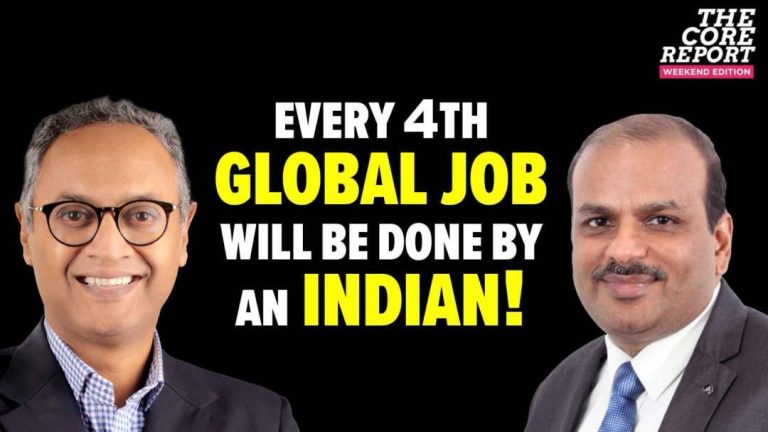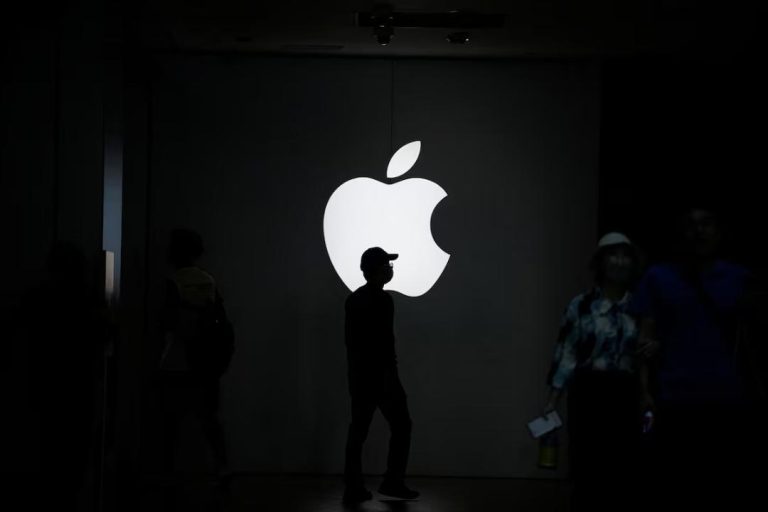
ParkMate Co-founder Dhananjaya on Indian vs Chinese Startups
The startup ecosystem in India has been gaining momentum in recent years, with numerous innovative companies emerging in various sectors. However, there is a common perception that Indian startups primarily focus on building delivery apps, similar to their Chinese counterparts. But is this assumption accurate? Dhananjaya Bharadwaj, Co-founder of ParkMate, a ride-hailing and parking solution platform, challenges this perception by highlighting the diversity of Indian startups and their focus on innovative technologies.
In a recent interview with Ascendants, Dhananjaya discussed the differences between Indian and Chinese startups, pointing out that while Chinese startups are often associated with consumer apps and betting platforms, Indian startups have been pioneering innovative technologies like electric vehicles (EV), fintech, and space technology.
One of the most notable examples of Indian innovation is Ola Electric, which has disrupted the EV space with its affordable and stylish electric scooters. Ola Electric’s focus on sustainable transportation is a testament to the growing importance of environmental concerns in India. In contrast, Chinese startups like NIO and XPeng have also made significant strides in the EV sector, but their focus is more on high-end, luxury vehicles.
Another area where Indian startups have excelled is fintech. PayTM, a leading digital payment platform, has revolutionized the way Indians make transactions. With its wide range of services, including mobile recharge, bill payments, and online shopping, PayTM has become an essential part of daily life for many Indians. Chinese fintech companies like Ant Financial and Tencent have also made significant inroads in the sector, but their focus is more on peer-to-peer lending and mobile payments.
The space technology sector is another area where Indian startups have made significant progress. Skyroot, a Hyderabad-based startup, has developed a range of rocket systems and has successfully launched several satellites into space. This achievement is a testament to India’s growing capabilities in space exploration and highlights the potential for Indian startups to make a significant impact in this sector.
In contrast, Chinese startups like ByteDance and Meituan have focused primarily on consumer apps, with ByteDance’s TikTok becoming a global phenomenon and Meituan dominating the Chinese food delivery market. While these companies have achieved significant success, they have not ventured into the same breadth of innovative technologies as Indian startups.
Dhananjaya attributes the differences between Indian and Chinese startups to the unique cultural and economic contexts of each country. “In India, there is a strong focus on innovation and self-reliance, which drives entrepreneurs to create solutions that cater to local needs,” he explains. “In contrast, China’s startup ecosystem is heavily influenced by the government’s ‘Made in China 2025’ initiative, which emphasizes the development of high-tech industries. This has led to a focus on consumer apps and high-end technologies.”
The debate on the real startup landscape in India and China is not new. Some argue that Indian startups are too focused on small-scale solutions and lack the scale and ambition required to achieve global success. Others argue that Chinese startups are too dependent on government support and lack the diversity of innovative technologies seen in India.
Dhananjaya believes that the key to India’s success lies in its ability to balance innovation with scalability. “Indian startups need to focus on creating solutions that are not only innovative but also scalable and sustainable,” he advises. “This will enable them to compete with global players and achieve success on a larger scale.”
In conclusion, the perception that Indian startups only build delivery apps is inaccurate. Indian startups have made significant innovations in EV technology, fintech, and space technology, which set them apart from their Chinese counterparts. While Chinese startups have achieved significant success in the consumer app space, Indian startups have focused on creating solutions that cater to local needs and are driving growth in their respective sectors.
As the startup ecosystem continues to evolve in India and China, it will be essential for entrepreneurs and policymakers to focus on creating an environment that fosters innovation, scalability, and sustainability. By doing so, they can unlock the full potential of their respective startup ecosystems and drive growth and development in their countries.
Source: https://ascendants.in/business-stories/indian-vs-chinese-startups-dhananjaya-bharadwaj/






